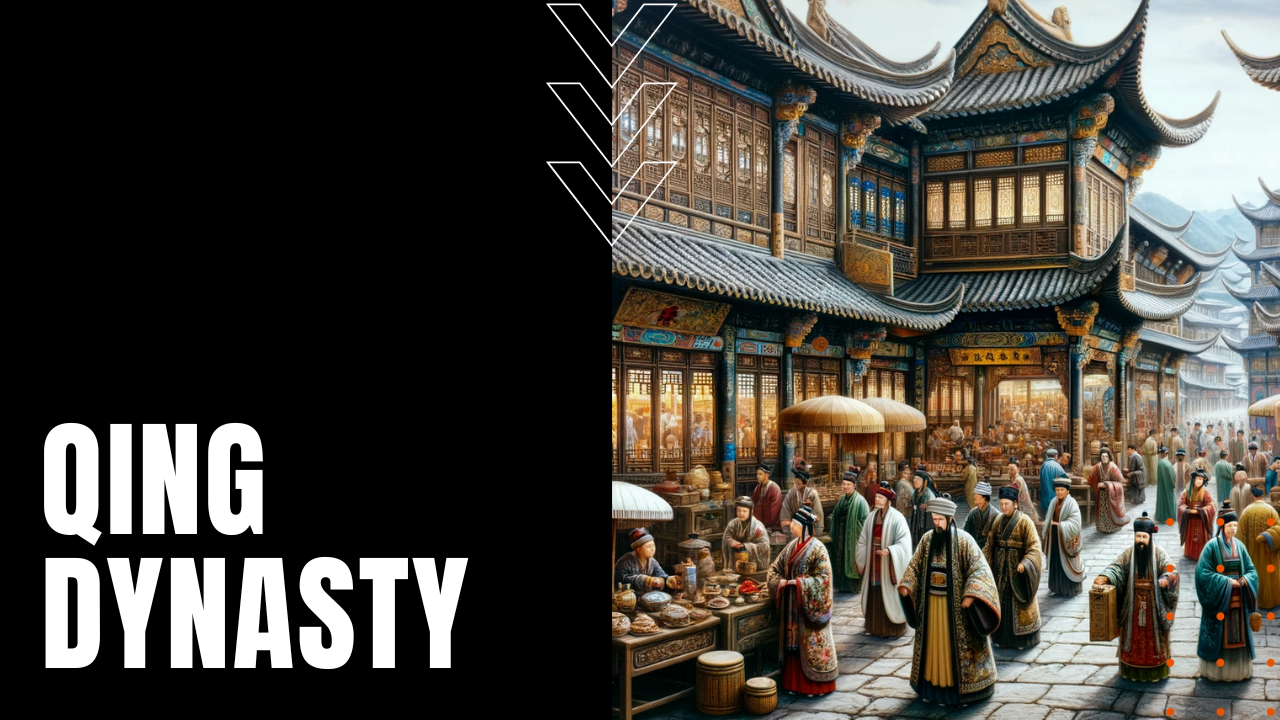The Qing Dynasty

After the Ming Dynasty army fell to Manchurian forces in 1616, Emperor Shunzhi established the Qing Dynasty in 1644, ushering in years of discrimination and beheadings against his Han subjects, passing the thrown to his third son Kangxi, who became the longest ruling emperor in China’s long dynastic history. Ruling for 61 years, Kangxi created a standardized dictionary of the Han language, at the same time crushing all military and civilian uprisings that threatened his rule, while reducing taxes by stifling governmental excess and corruption.
Right Wing Repression
Beginning in 1735, Emperor Qianlong ruled with absolute mediocrity and disinterest for another 60 years, all at a time when conservative social mores worsened penalties for homosexuals, while men’s insistence on sexual purity in women saw many widows commit suicide due to their unclean perception by heterosexual men. During the 19th century, the Qing Dynasty came under repeated conflict with the west, including the Opium Wars of 1840 and 1856, which pitted a militarily weak China against the military dominance of Great Britain, who kept the illegal importation of opium pouring into Asia’s largest nation, ultimately leading to widespread addiction among China’s vast population.
Internal Strife
The 19th century Qing Dynasty also saw multiple internal rebellions, including the White Lotus and Eight Trigrams rebellions, followed by the most deadly of all, the Taiping Rebellion of 1850, which led to the deaths of some 20 million Chinese. China’s Century of Humiliation would end with the Boxer Rebellion of 1899, when bands of fed-up Chinese attempted to oust Christian missionaries and Western business interests from the country, which led to the Imperial Army’s defeat by Western forces in 1901. After Emperor Xianfeng died in 1861, the influence of his widow, Empress Dowager Cizi heavily influenced the collapse of the Qing Dynasty, and indeed the end of China’s dynastic history.
End of Monarchal Rule
Ruling as regent for 46 years, after the Revive China Society incubated in Hawaii and Hong Kong—intent on ending China’s long history of monarchic rule—in 1911, the Nationalist Party of China began a revolt first in Wuchang, which spread 15 provinces who sought independence from the Chinese Empire. After Cizi died in 1908, the final emperor Xuantog abdicated the thrown in 1912, leading to the creation of the first republic of China, making the Qing Dynasty, the last in China’s long history of monarchic rule.
